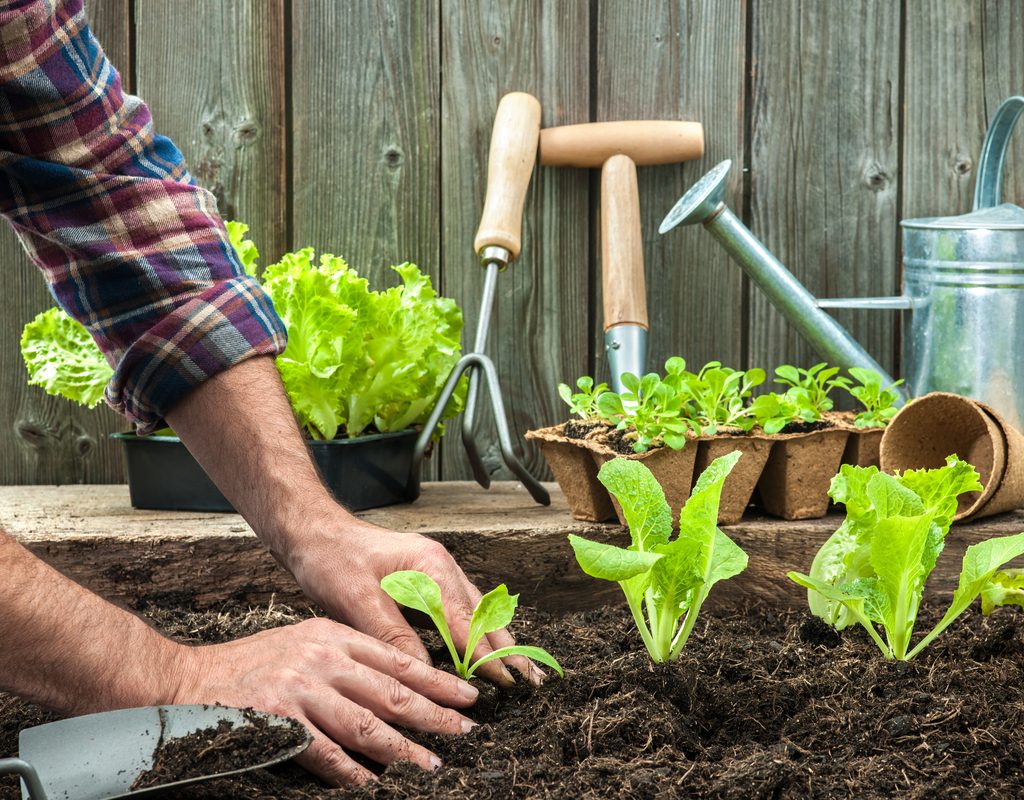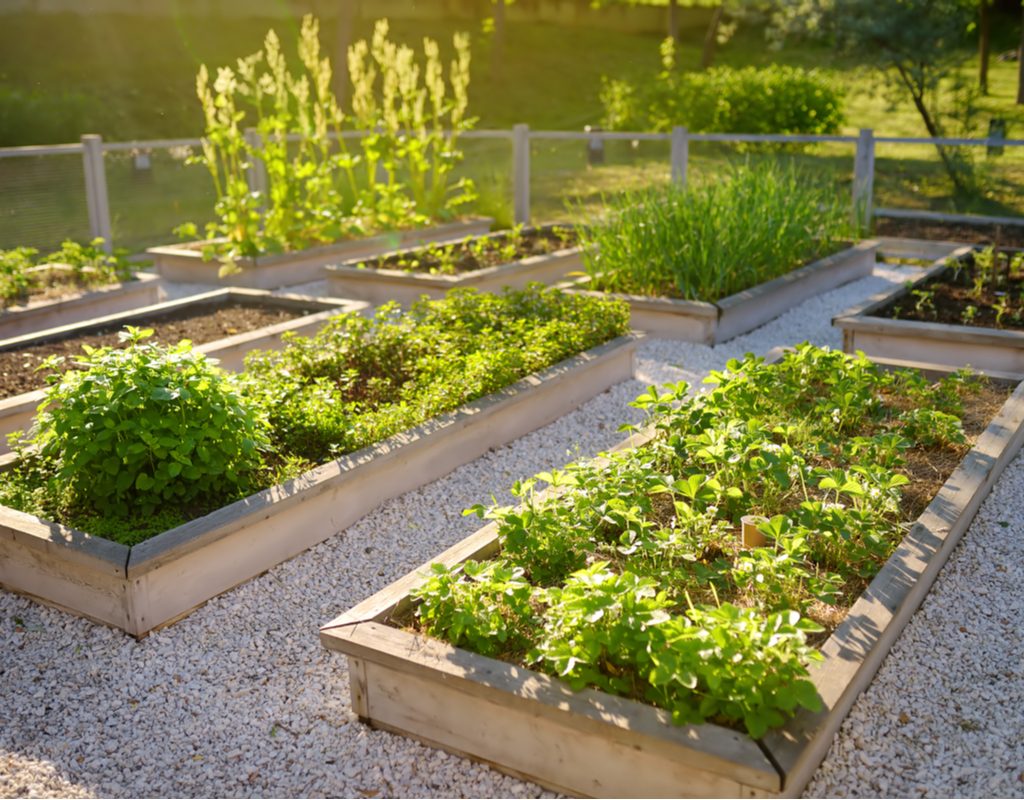With the new year rolling in, now’s the best time to start your vegetable garden. If one of your resolutions is to reduce stress, gardening is one of the best ways to go about it! Of course, starting your own vegetable garden also offers many other benefits to you and your community. Sustainability, for example, is a major plus. Growing your own food reduces your carbon footprint as your produce travels shorter distances to get to your dinner plate — all you have to do is pop into your backyard and harvest your veggies! Plus, enjoy the fruits (or rather, vegetables) of your labor knowing what goes into your food. As a home gardener, you can avoid potentially harmful chemicals in pesticides and fertilizers.
If you’re dreaming of planting a vegetable garden, read ahead as we go over how you can start one this year.
The best time of year to start a garden
The best time to start your vegetable garden is six to eight weeks before the last frost around springtime. Start seeds indoors, then transplant seedlings outside about two weeks after the last frost. Usually, the best time to start seeds outdoors is around late March to May, unless you live in a warmer area. In any case, temperatures should be above 60 degrees Fahrenheit for most seeds to properly germinate. If you start your plants indoors, gradually ease them into outdoor conditions by bringing them onto your patio each morning for a week or two.

How to prepare your vegetable garden
Preparing for a vegetable garden looks different for everyone. You can kick off your garden by starting seeds indoors. In this case, keep your soil adequately moist until you see seedlings growing in two to four weeks after sowing. Your timeline may look different from plant to plant, so read your seed packet to check when your plants are ready for moving. When it’s warm enough, transfer your hardiest seedlings into a pot or bed outside. You can keep your plants inside as well — make sure you have a big enough planter with drainage holes and sufficient lighting. If you want to bring your plant outside before it’s warm enough, mulch your soil or use frost blankets or row covers for protection.
Of course, you can always buy ready-to-go seedlings from your garden center. Seedlings are great options if you have trouble germinating specific plants from seed. Though not as cheap as seeds, they often transplant better. Because nursery seedlings are typically packed tightly, repot them as soon as possible. Similarly, you can always get cuttings from fellow gardeners. In this case, keep your cuttings in water or soil until they’ve established strong-enough roots for planting.
After getting your hands on seedlings, pop them into a spacious pot or the ground, covering their roots with a healthy potting mix. Create your own growing medium by mixing well-draining soil with compost. Fertilize with additional compost or manure throughout spring and summer if your vegetable calls for extra feeding.
Best vegetables for every garden
Of course, starting your own vegetable garden begins with finding the vegetable seeds you want to plant! If you’re a novice looking for beginner-friendly plants, here are some staple, hardy vegetables for every garden.
- Lettuce: Lettuce is one of the easiest veggies to plant, and it does well at the beginning of the growing season. Just make sure to give it shade and water during hot summers, or else it might bolt.
- Kale: Kale is another hardy vegetable. It can handle cold weather — in fact, it gets sweeter with light frost. In the summer, you’ll also want to protect it from heat and dehydration with shade and water.
- Cucumber: For a delicious crunch, grow cucumbers. These warm-season veggies thrive when you give them nutrient-rich compost and water them consistently.
- Hot peppers: Hot peppers can handle heat and cold, making them easy to grow throughout the year. They can also tolerate drought, so you don’t need a rigid watering schedule. And because they’re spicy, they naturally repel pests.
- Herbs: Herbs are excellent for beginners because they’re cheap and grow prolifically. Most can even be grown indoors. Remember that annual herbs such as dill and basil eventually die and go to seed. That said, you can always harvest seeds and take cuttings to grow even more plants.
Starting your own vegetable garden can be intimidating, but it’s an easy undertaking with planning. Growing your own veggies will allow you to cut down your carbon footprint and yield delicious harvests. In most cases, all you need is a packet of seeds and some soil to get started, so get to planting today!




